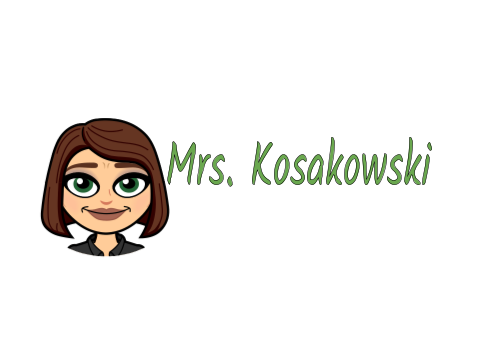Digital Citizenship
Grades 3, 4 & 5Is Seeing Believing?
.png)
As a digital learning specialist, one of my favorite roles is helping students peel back the layers of what they see online. In today’s world, images and videos flood their feeds daily—and often, those visuals aren’t quite what they seem.
Recently, I worked with 3rd, 4th, and 5th grade classes to explore the big idea behind the lesson "Is Seeing Believing?" from Common Sense Media. The goal? To help students think critically about how and why photos and videos are sometimes altered—and how those changes can affect the way we see ourselves, others, and the world around us.
What We ExploredWe kicked off with a simple but powerful question: Can you always trust what you see online? Students viewed real-world examples of digitally altered images—some subtle, like adjusted lighting and filters, and others more extreme, like edited body shapes or misleading video clips.
We discussed:Why people and companies might alter media (e.g., advertising, social media likes, entertainment)How altered images can shape our perceptions of beauty, success, or realityHow to develop a critical eye and ask questions before believing or sharing visual content
One moment that really stood out was when a student said, “Wait, so they don’t actually look like that in real life?”—a perfect reminder of why this lesson is so necessary, especially at an age when kids are just beginning to build their digital identities.
Final ThoughtsTeaching media literacy isn't about making students cynical—it's about empowering them with curiosity, awareness, and critical thinking skills. After this lesson, students left with a new set of “digital glasses”—ready to look twice at the images they scroll past and think deeply about what’s real, what’s not, and why it matters.
It’s a skill they'll carry with them long after they log off.

Technology Essential QuestionsCan you always trust what you see in photos and videos online?Why do people or companies change the way things look in media?How can I recognize when a photo or video might not show the full truth?
MA Digital Literacy and Computer Science (DLCS) Standards:Use digital tools (e.g., graphic design, image editing) to explore the use of media and recognize when media has been changed or manipulated.Describe how media messages are constructed for specific purposes and target audiences, and how those messages can influence thoughts and feelings.Understand how digital content can be altered and shared, and how that impacts communication, perception, and credibility.
No comments:
Post a Comment